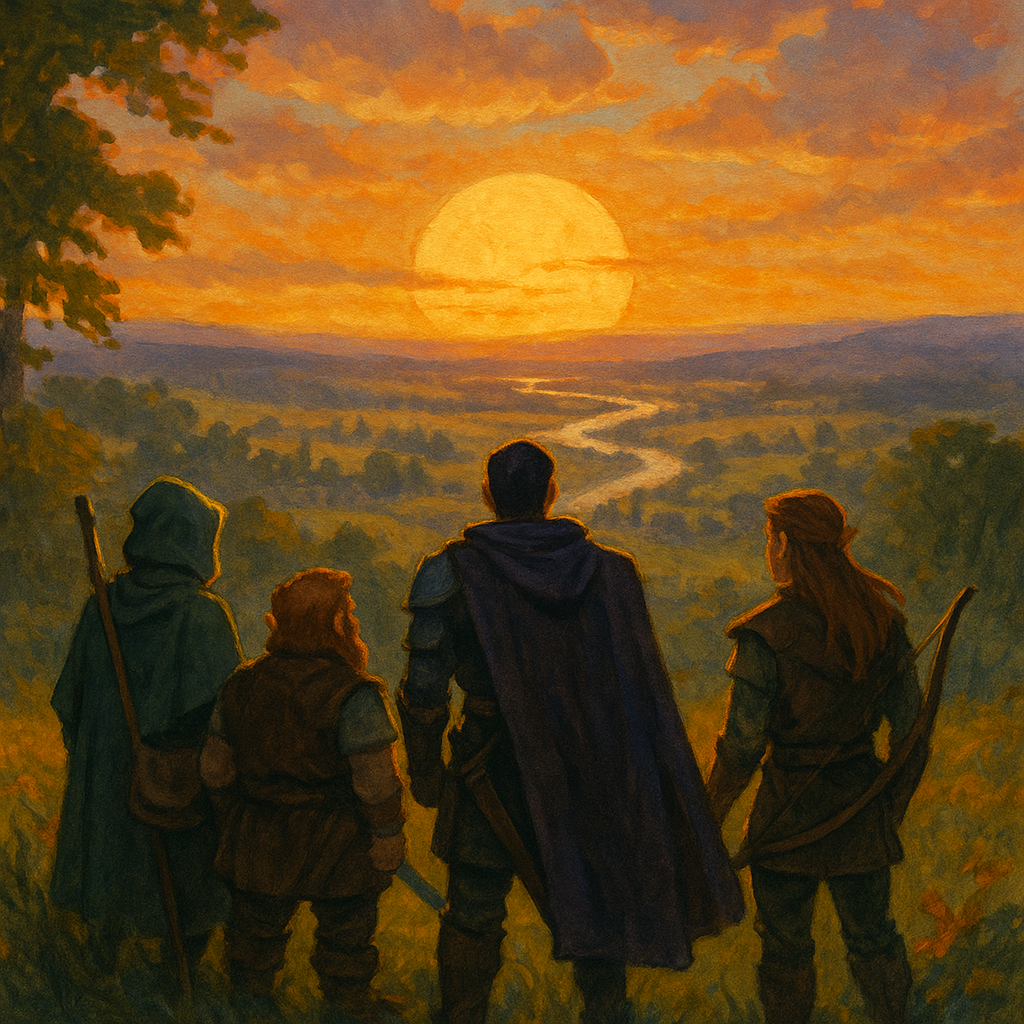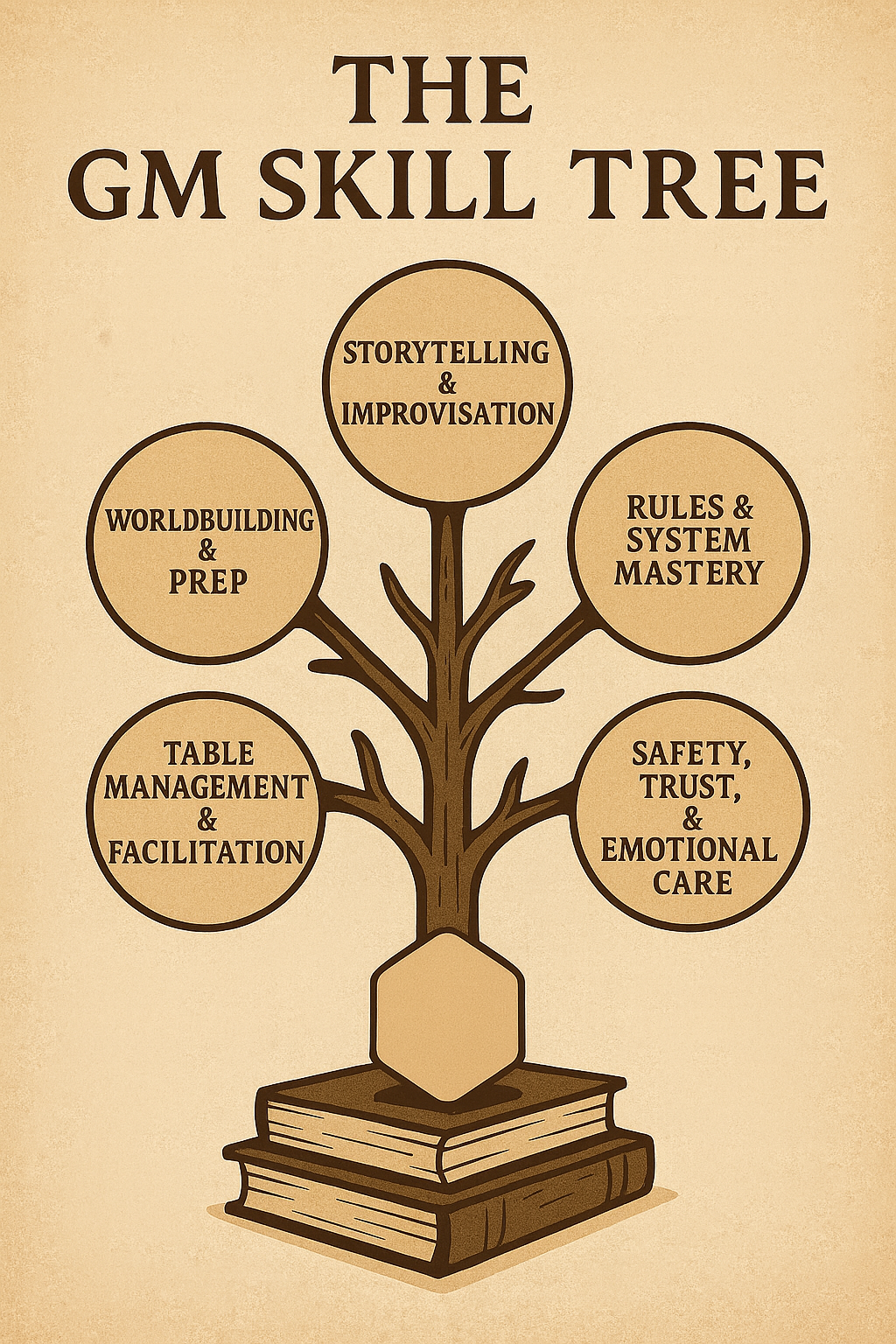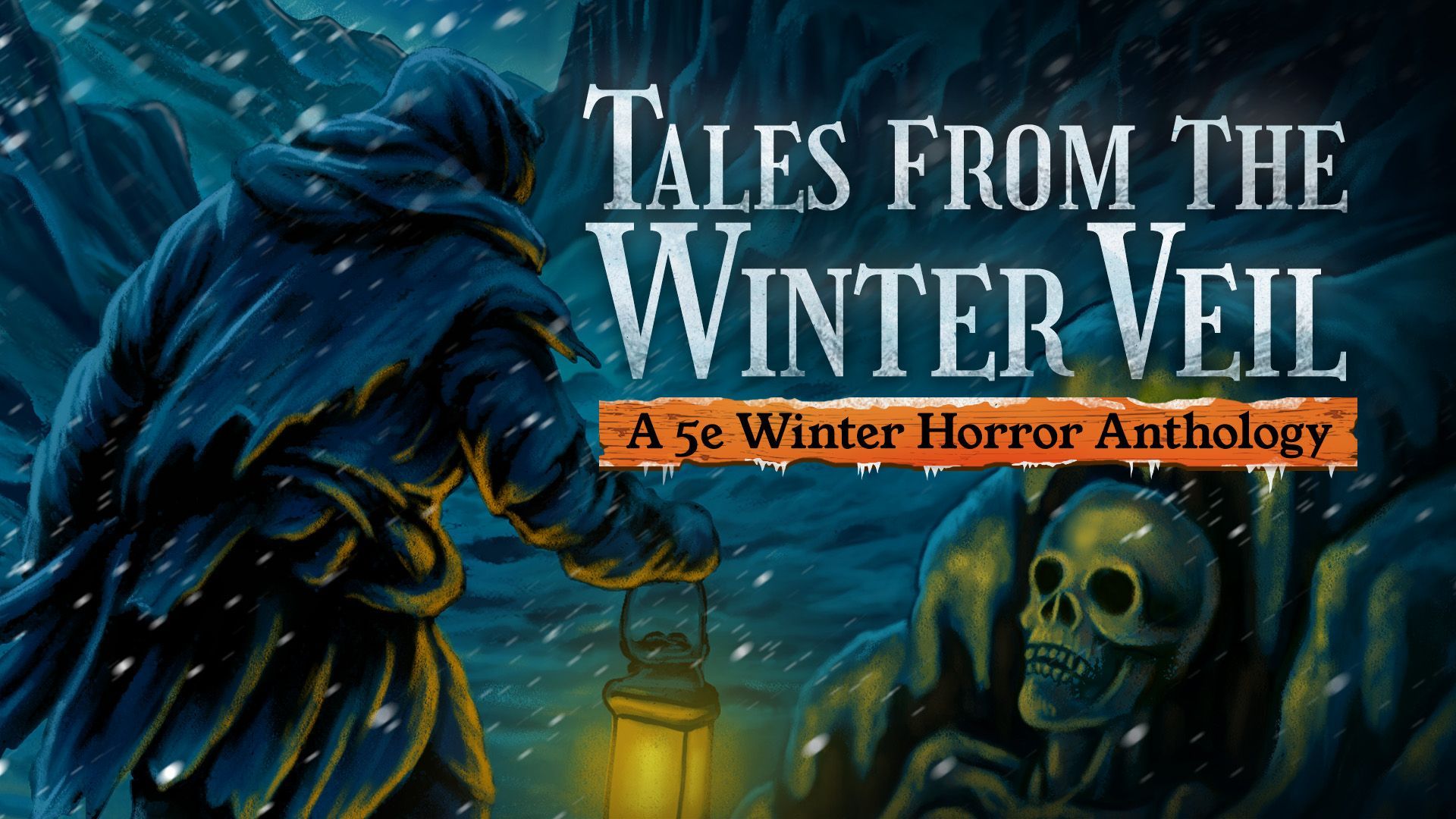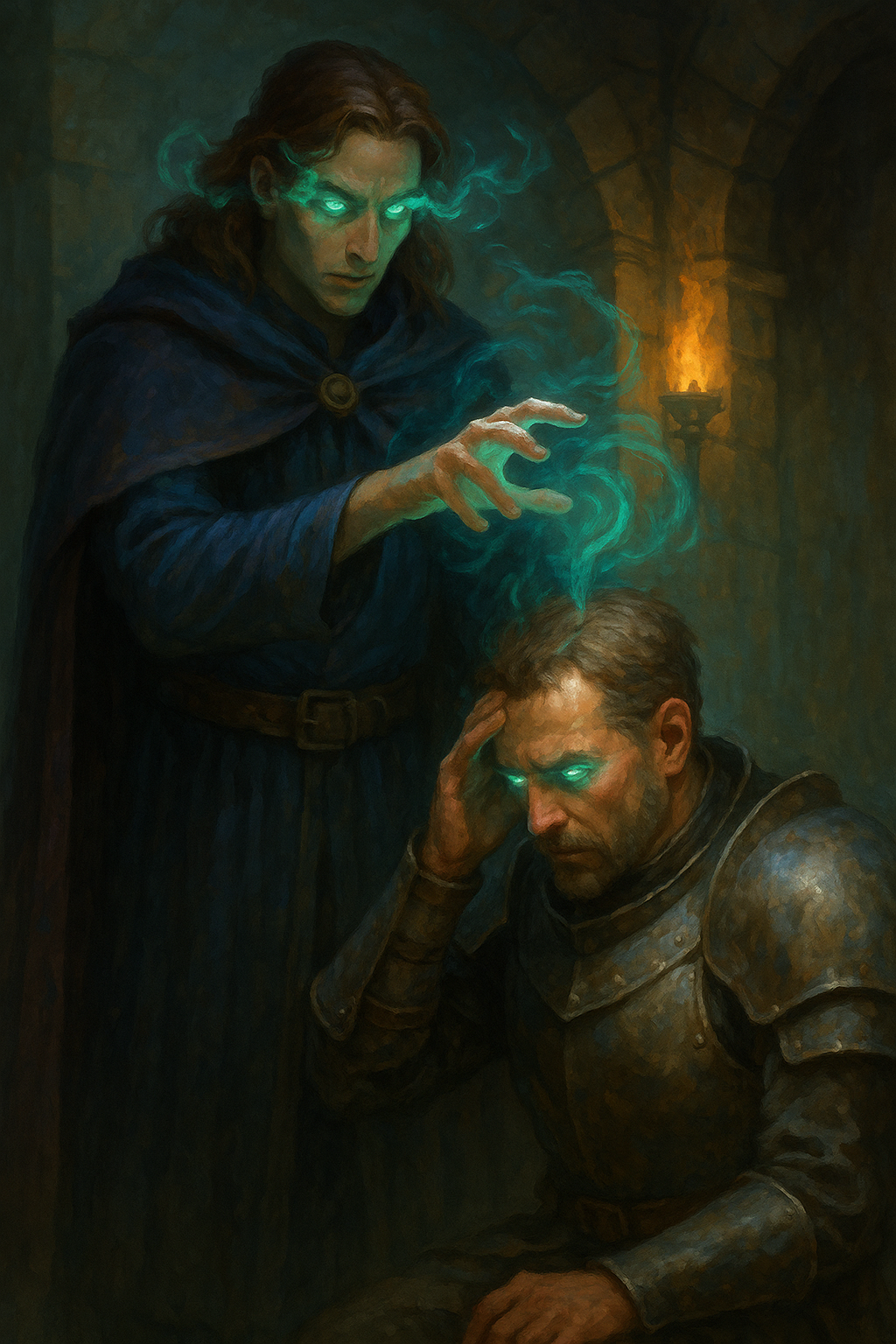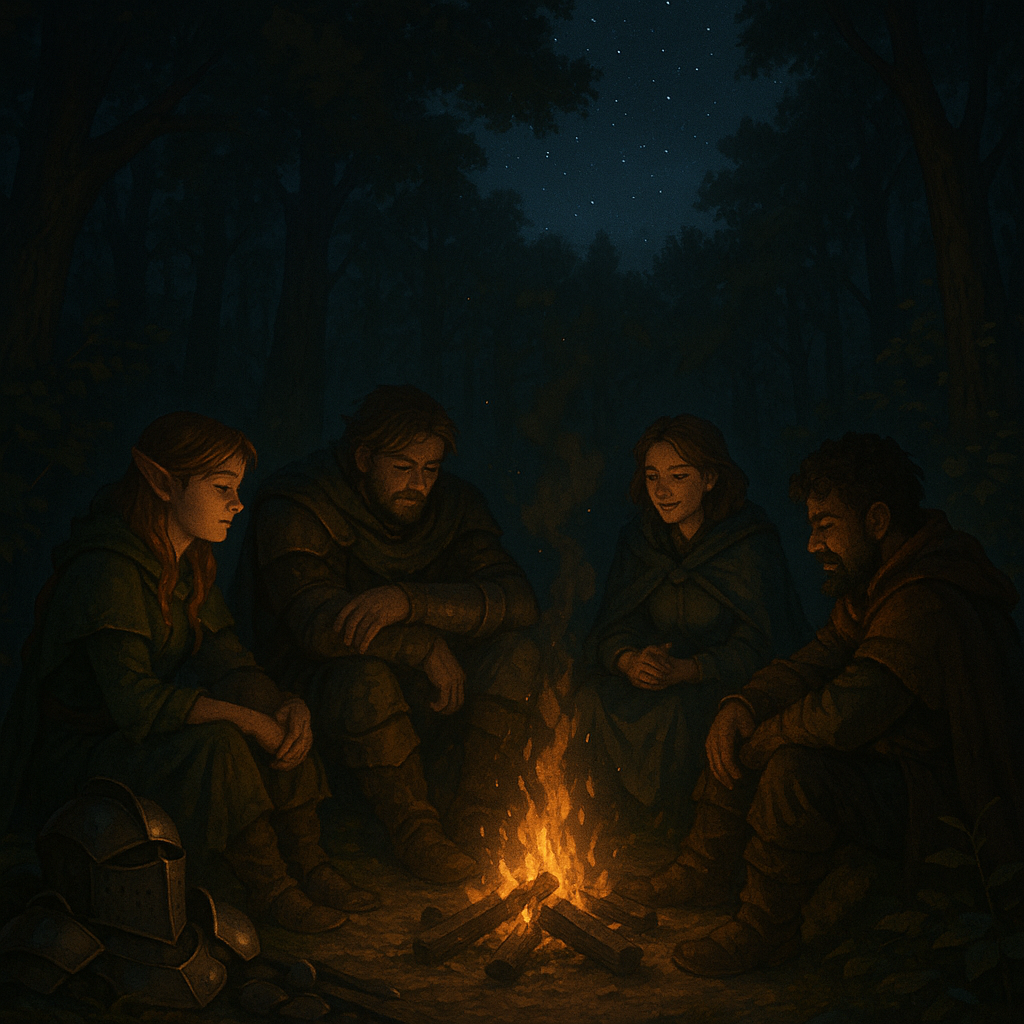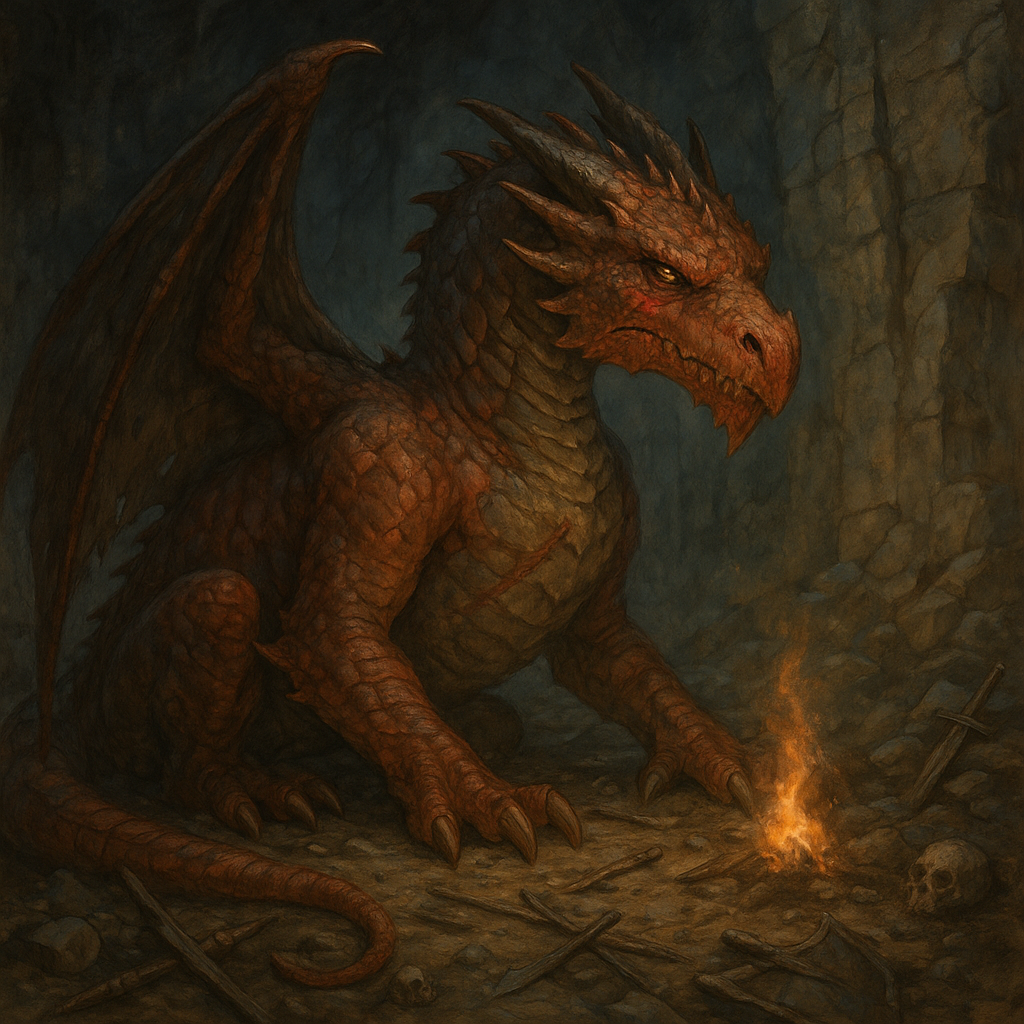D&D Inspired Art: Showcasing Fan Art and Custom Maps
Dear Readers,
Dungeons & Dragons (D&D) has inspired countless creative works, from intricate character illustrations to elaborate world maps. The vibrant D&D community is brimming with talented artists who bring the game’s fantastical worlds to life through their art. In this blog post, we will explore the rich landscape of D&D-inspired art, highlight some incredible fan art, and delve into the intricacies of creating custom maps for your campaigns.
Whether you’re an artist looking for inspiration, a Dungeon Master (DM) seeking to enhance your game, or simply a fan of D&D, this showcase will celebrate the creativity and passion that D&D inspires. So, gather your supplies, prepare your imaginations, and let’s embark on a visual journey through the world of D&D art!
The Importance of Art in D&D
Art plays a vital role in D&D, serving as a powerful tool for storytelling, immersion, and inspiration.
Enhancing Storytelling
Visual art can enhance storytelling by providing vivid representations of characters, locations, and events. It helps to set the tone, convey emotions, and create memorable scenes that resonate with players.
Immersion and World-Building
Art contributes to immersion by bringing the game world to life. Detailed maps, character portraits, and scene illustrations help players visualize the world and feel more connected to the story.
Inspiring Creativity
Artistic depictions of characters, creatures, and landscapes can spark creativity and inspire new ideas. They can serve as prompts for character development, plot twists, or new campaign settings.
Showcasing D&D Fan Art
The D&D community is home to a wealth of talented artists who create stunning fan art. Let’s explore some of the different types of fan art that D&D inspires and highlight a few exceptional examples.
Character Illustrations
Character illustrations are perhaps the most popular form of D&D fan art. Artists bring characters to life with detailed portraits that capture their personalities, appearances, and unique traits.
Example: Elara, the Elven Sorceress
Elara is an elven sorceress with a penchant for fire magic. In her portrait, she stands confidently with flames dancing in her hands, her eyes glowing with arcane power. The artist has captured her elegance and fierceness, with intricate details on her robes and the subtle glow of magical runes.
Scene Illustrations
Scene illustrations depict key moments or settings from a campaign. These can be dramatic battle scenes, serene landscapes, or pivotal story moments.
Example: The Battle of Blackrock Pass
This dynamic illustration captures the climactic battle at Blackrock Pass. The party is shown in the heat of combat against a horde of orcs, with the rugged mountain pass serving as a dramatic backdrop. The artist’s use of lighting and perspective conveys the intensity and scale of the battle.
Creature Designs
D&D is known for its diverse array of fantastical creatures, and many artists take on the challenge of designing and illustrating these beings.
Example: The Shadow Drake
The Shadow Drake is a fearsome creature that lurks in the depths of dark forests. This illustration shows the drake emerging from the shadows, its scales shimmering with an eerie, otherworldly light. The artist’s attention to detail in the drake’s anatomy and the interplay of light and shadow create a sense of menace and mystery.
Custom Tokens and Minis
In addition to traditional illustrations, many artists create custom tokens and miniatures for use in D&D games. These can be digital tokens for online play or physical minis for tabletop sessions.
Example: Custom Dragonborn Paladin Miniature
This custom miniature depicts a dragonborn paladin in full armor, wielding a massive warhammer. The artist has meticulously painted the miniature, with intricate detailing on the armor and a striking color scheme that highlights the character’s noble heritage.
Celebrating Fan Artists
Here are a few exceptional D&D fan artists whose work you should definitely check out:
- Jessica Nguyen : Known for her detailed character portraits and vibrant use of color, Jessica’s work captures the essence of D&D characters in a way that brings them to life.
- Marc Simonetti : Marc’s dramatic scene illustrations and intricate landscapes provide stunning visual narratives that complement any D&D campaign.
- Kimberly Hernandez : Kimberly specializes in creature designs, creating imaginative and terrifying monsters that add depth and excitement to any adventure.
Creating Custom Maps for Your Campaign
Maps are an integral part of D&D, helping DMs convey the geography of their worlds and plan out adventures. Creating custom maps can add a personal touch to your campaign and enhance the overall experience for your players.
The Role of Maps in D&D
Maps serve several key functions in a D&D campaign:
- World-Building : Maps help define the geography, cultures, and history of your campaign world.
- Navigation : They provide players with a visual tool for navigating the world and planning their journeys.
- Tactical Planning : Battle maps are essential for planning and executing combat encounters, providing a clear view of the terrain and positioning.
Types of D&D Maps
There are several types of maps commonly used in D&D campaigns:
- World Maps : Large-scale maps that show entire continents, countries, or regions.
- Regional Maps : More detailed maps focusing on a specific area, such as a kingdom or province.
- City Maps : Detailed layouts of cities, towns, or villages.
- Dungeon Maps : Floor plans of dungeons, castles, or other adventure locations.
- Battle Maps : Tactical maps used for combat encounters, showing a specific area in detail.
Tools for Creating Custom Maps
There are various tools and software available to help you create custom maps for your campaign:
Digital Mapping Tools
- Inkarnate : A popular tool for creating beautiful and detailed fantasy maps. It offers a wide range of assets and an intuitive interface.
- Wonderdraft : Known for its high-quality map-making capabilities, Wonderdraft is great for both world maps and smaller regional maps.
- DungeonFog : This tool specializes in creating dungeon maps, with features for adding rooms, corridors, and various elements typical of adventure locations.
- Campaign Cartographer 3 : A professional-grade mapping tool with extensive features for creating detailed and realistic maps.
Traditional Mapping
If you prefer a more hands-on approach, traditional methods can be equally effective:
- Graph Paper : Classic and reliable, graph paper is perfect for drawing detailed dungeon and city maps.
- Hand-Drawn Maps : With some artistic skill, hand-drawn maps can be incredibly detailed and personalized.
- Watercolor and Ink : For a more artistic touch, try using watercolor and ink to create beautiful and unique maps.
Steps for Creating a Custom Map
Creating a custom map involves several key steps:
Step 1: Concept and Layout
Start with a clear concept for your map. Consider the following:
- Purpose : What type of map are you creating? (world, regional, city, dungeon, battle)
- Scale : Determine the scale and size of the map.
- Key Features : Identify the key features you want to include (e.g., mountains, rivers, cities, dungeons).
Sketch a rough layout to plan the placement of these features.
Step 2: Basic Outline
Create the basic outline of your map. This includes the coastline, major landmasses, and any significant geographical features.
Step 3: Add Details
Add more details to your map, such as:
- Terrain : Mountains, forests, deserts, lakes, rivers.
- Settlements : Cities, towns, villages, and other important locations.
- Landmarks : Notable features like ruins, fortresses, or magical sites.
Step 4: Labeling
Label key locations and features. Use a consistent and readable font or handwriting style. Include a legend if necessary.
Step 5: Finishing Touches
Add finishing touches to enhance the map’s appearance:
- Color and Shading : Use color and shading to differentiate between different types of terrain and add depth.
- Borders and Grids : Add borders, grids, or scales to help with navigation and distance measurement.
- Decorative Elements : Include decorative elements like compass roses, banners, or illustrations.
Example: Creating a Regional Map
Let’s create a regional map for a fantasy kingdom called Eldoria .
Concept and Layout
- Purpose : Regional map of Eldoria, showing key locations and terrain.
- Scale : 1 inch = 10 miles.
- Key Features : Capital city (Eldor), major towns (Westreach, Rivertown), notable landmarks (Dragonspire Mountains, Enchanted Forest, Silverlake).
Basic Outline
- Draw the coastline and outline of Eldoria.
- Sketch the Dragonspire Mountains in the northeast.
- Add the Enchanted Forest in the southwest.
- Draw Silverlake in the center of the map.
Adding Details
- Place Eldor, the capital city, near Silverlake.
- Add Westreach to the west and Rivertown to the east.
- Draw roads connecting these locations.
- Include smaller villages and notable landmarks (e.g., ruins, towers).
Labeling
- Label each location and feature clearly.
- Add a legend indicating scale and symbols used.
Finishing Touches
- Add color to differentiate terrain types (green for forests, brown for mountains, blue for water).
- Use shading to add depth to mountains and forests.
- Include a decorative compass rose in the corner.
Enhancing Your Game with Custom Maps
Custom maps can greatly enhance your D&D campaign by providing players with visual aids that aid in immersion, navigation, and tactical planning. Here are some ways to incorporate custom maps into your game:
Immersive World-Building
Displaying custom maps during gameplay helps players visualize the world and immerse themselves in the setting. Whether it’s a detailed world map hanging on the wall or a hand-drawn map of a mysterious dungeon, the visual representation adds depth to the game world.
Tactical Combat Encounters
Custom battle maps are invaluable for running combat encounters. They provide a clear visual representation of the terrain, obstacles, and enemy positions, allowing players to strategize and coordinate their actions effectively. Whether you’re using digital maps on a virtual tabletop or physical maps with miniatures, custom battle maps enhance the tactical aspects of combat.
Plot and Exploration
Maps can also serve as tools for exploration and discovery. As players explore new regions, uncover hidden treasures, and unravel ancient mysteries, custom maps help them navigate the landscape and keep track of their progress. Revealing portions of the map as players explore adds an element of discovery and excitement to the game.
Showcasing Custom Maps
Now that you’ve created your custom maps, it’s time to showcase them in your D&D campaign. Here are some ways to make the most of your custom maps:
Digital Presentation
For online games, use virtual tabletop platforms like Roll20 or Fantasy Grounds to display your custom maps. These platforms allow you to upload and share maps with your players, as well as add dynamic elements like fog of war and interactive tokens.
Physical Display
For tabletop games, consider printing your custom maps on large poster paper or using a projector to display them on a screen. Physical maps add a tactile element to the game and can serve as a focal point for players to gather around during sessions.
Handouts and Props
Create handouts or props featuring your custom maps to give to players as they explore new locations or receive quests. Hand-drawn maps, parchment scrolls, or detailed sketches add a tangible aspect to the game and make the world feel more real.
Player Input
Encourage players to contribute to the map-making process by allowing them to sketch out their characters’ travels, mark points of interest, or add personal annotations. This collaborative approach fosters player engagement and investment in the game world.
Showcasing D&D Fan Art and Maps
In addition to creating your own art and maps, it’s important to appreciate and showcase the work of fellow D&D enthusiasts. Here are some ways to celebrate and share D&D fan art and maps:
Online Communities
Join D&D-focused online communities such as Reddit’s r/DnD or the D&D Beyond forums, where artists regularly share their work and receive feedback from fellow fans. Engage with the community by commenting on and sharing your favorite pieces of fan art and maps.
Social Media
Follow D&D artists and cartographers on social media platforms like Instagram, Twitter, and ArtStation. These platforms are great for discovering new talent and staying up-to-date on the latest creations. Share your favorite pieces with your followers to spread the love for D&D-inspired art.
Fan Art Showcases
Host fan art showcases or contests within your gaming group or local D&D community. Invite players to submit their own art and maps inspired by your campaign or the wider world of D&D. Display the submissions during game sessions or online gatherings to celebrate the creativity of your fellow adventurers.
Collaborative Projects
Collaborate with fellow artists and DMs to create collaborative art projects or map collections. Pool your talents to produce themed galleries, zines, or digital art books featuring D&D-inspired artwork and maps. Crowdfunding platforms like Kickstarter and Patreon can help bring these projects to life and reach a wider audience.
Conclusion
D&D-inspired art and maps play a crucial role in enhancing the storytelling, immersion, and creativity of the game. Whether you’re creating custom character illustrations, designing intricate maps for your campaign, or admiring the work of fellow fans, D&D art enriches the gaming experience and fosters a sense of community among players and creators alike.
As you continue your adventures in the world of D&D, remember to celebrate and showcase the incredible talent and passion of the artists and cartographers who bring the game to life through their art. By sharing and appreciating D&D-inspired art and maps, we honor the creativity and imagination that make Dungeons & Dragons such a beloved and enduring phenomenon.
Until next time, Dear Readers…
P.S. – I couldn’t find someone to draw me anything for this post in time for the post to be released, and it’s not lost on me the irony that I’ve used A.I. for the Featured Image for this post.















